Although I have many excursions and activities to report on (I have been quite negligent at blogging in favour of going out in the field and organizing photos lately), I will begin with the transect studies done by first year Marine Science students.
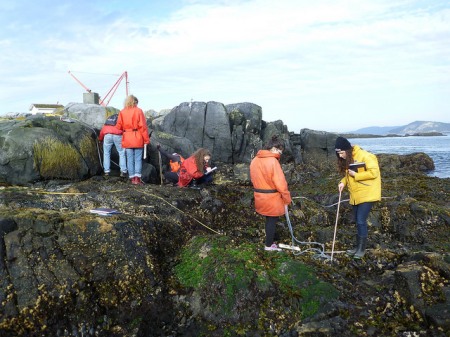
On Friday 17 April, F block students travelled to Race Rocks at 7:30 AM to do their transect study.

They got their noses right into the quadrats to identify and count organisms.

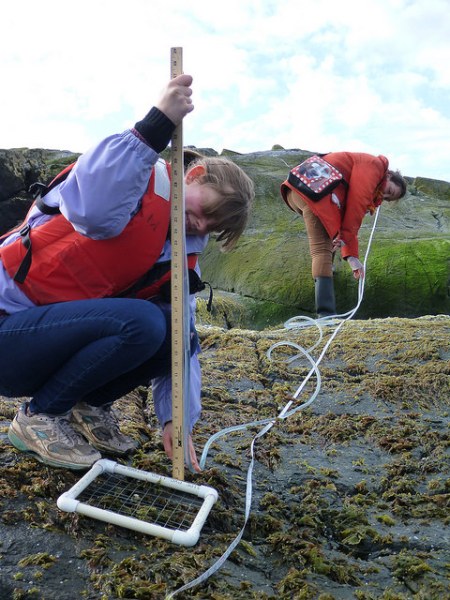
Then they used water levels to move up in the intertidal zone, 50 cm at a time.
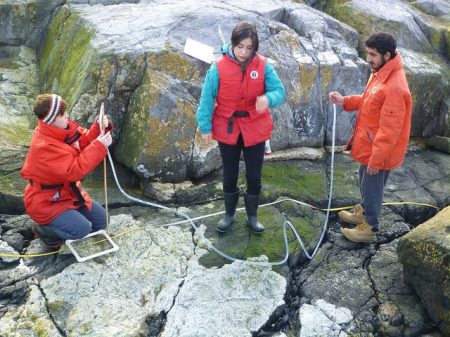
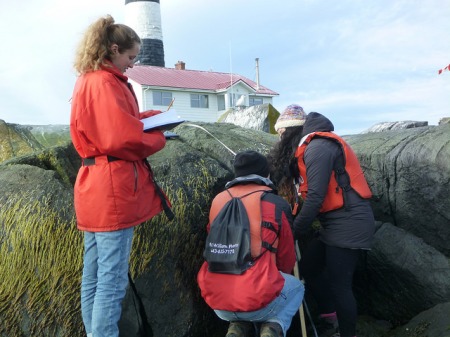
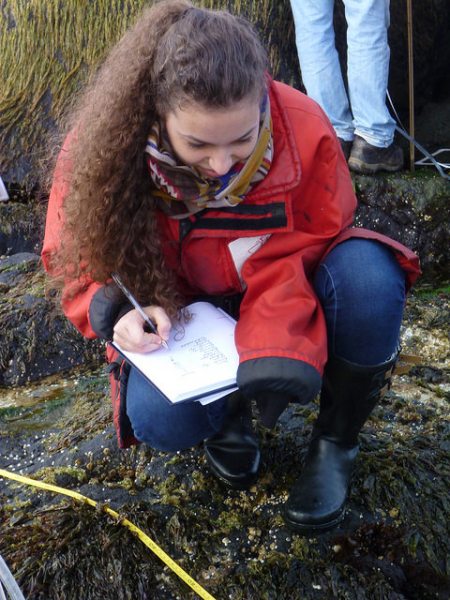
They recorded all their data and will analyze it in an upcoming class.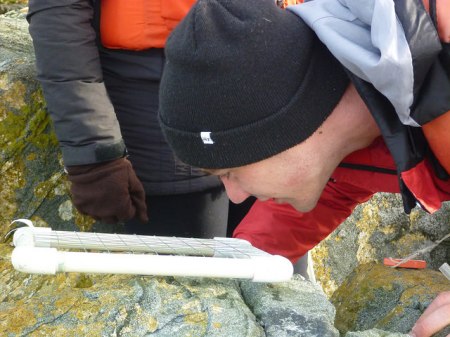
Weir’s Beach was the site of the other two transect studies for different reasons. On Monday 20 April, we only had a 70 minute block for Marine Science due to the exciting announcement of the new president and head of Pearson College. It was a beautiful sunny day – perfect for a transect study!
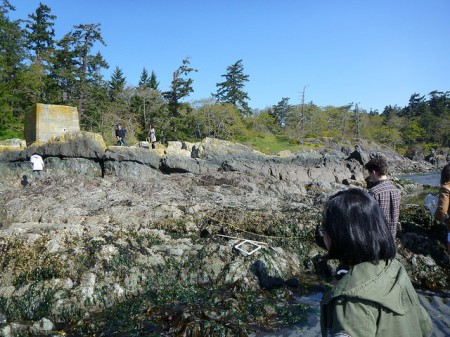
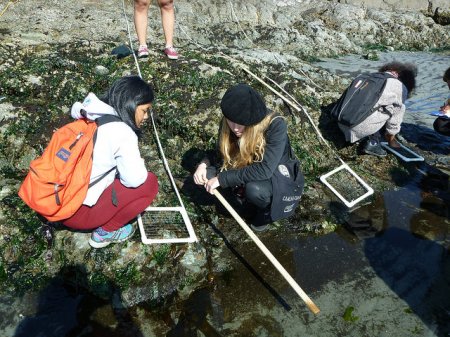
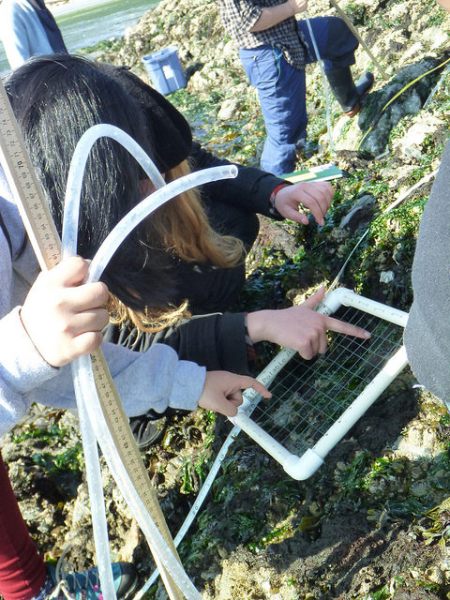
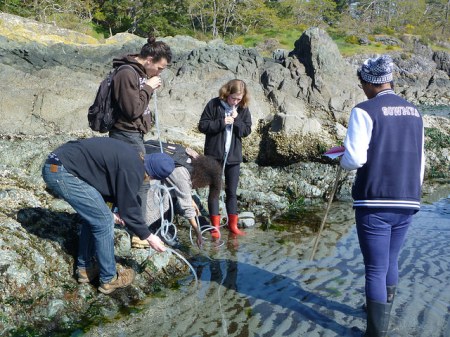
Although filling the water tubes was a little bit challenging (see above).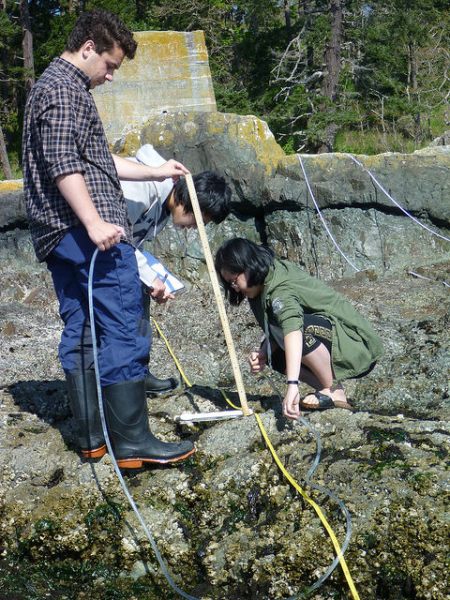
Tuesday 21 April was a very windy day and we were unable to get to Race Rocks (out of Pedder Bay even!) so instead C block went to Weir’s Beach to collect their data too.
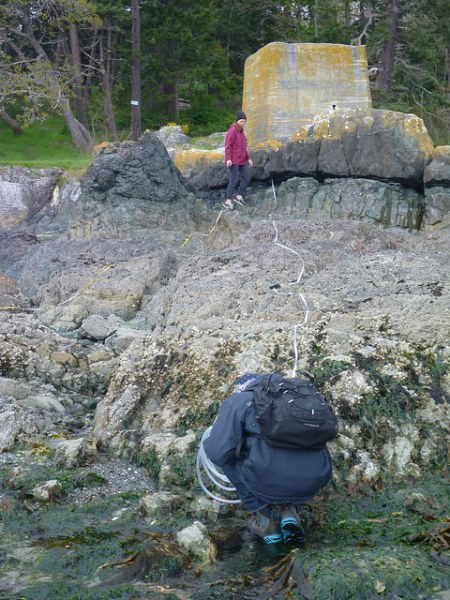
Laying out the transect lines was a significant challenge.
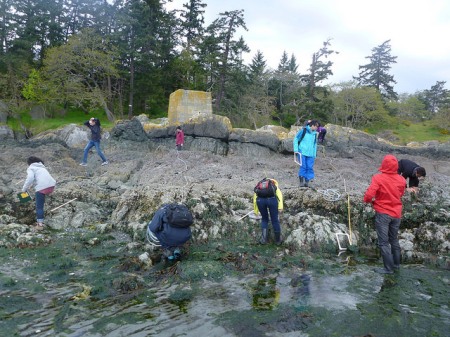
But the students persevered to collect data on the distribution of intertidal organisms.
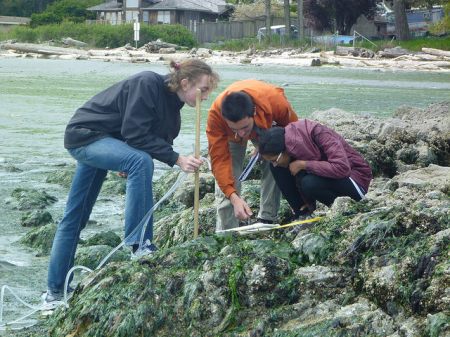
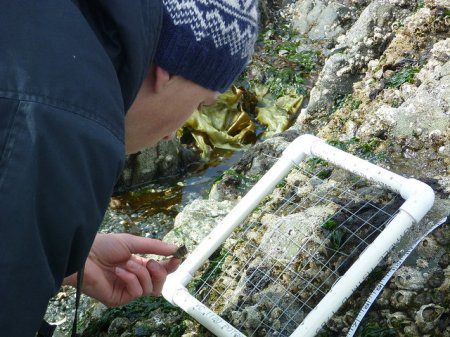
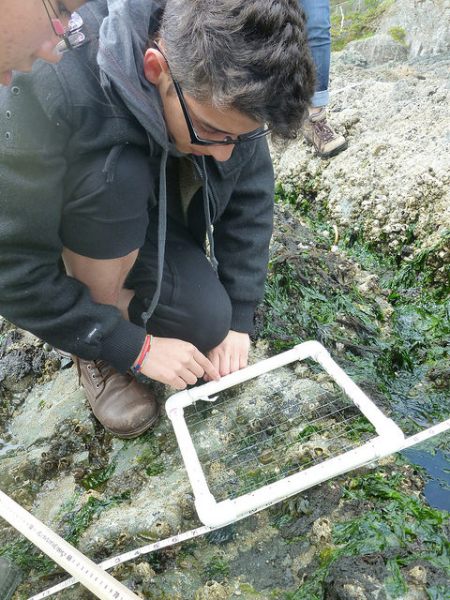
See Flickr album of Transect studies 2015 for more photos of the three transect studies and a post on the Race Rocks blog for more on the F block transect study.

























































































